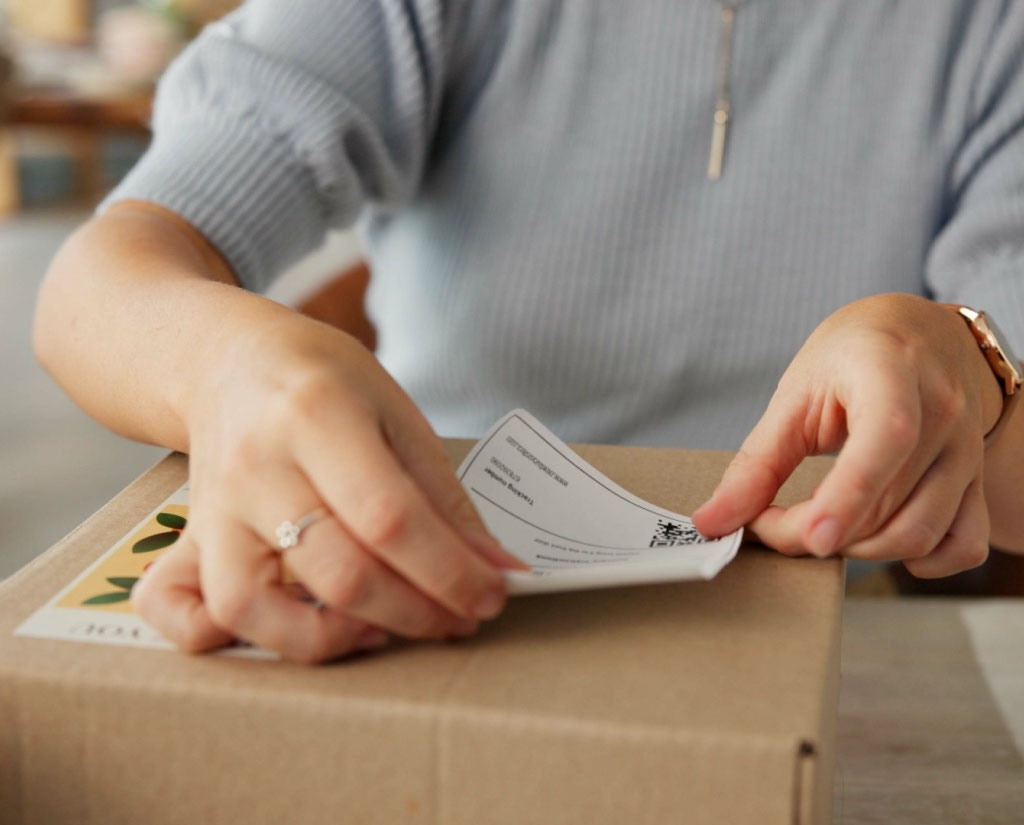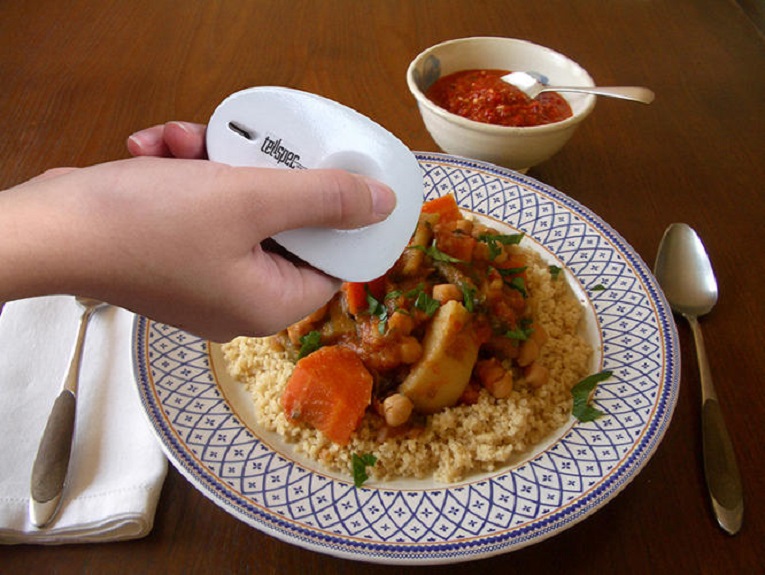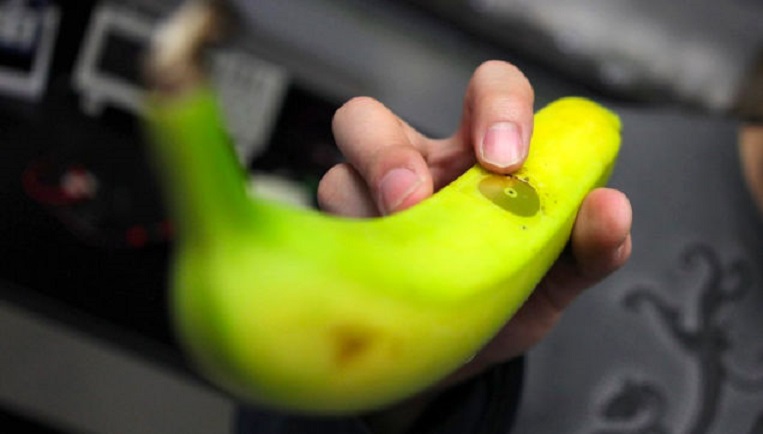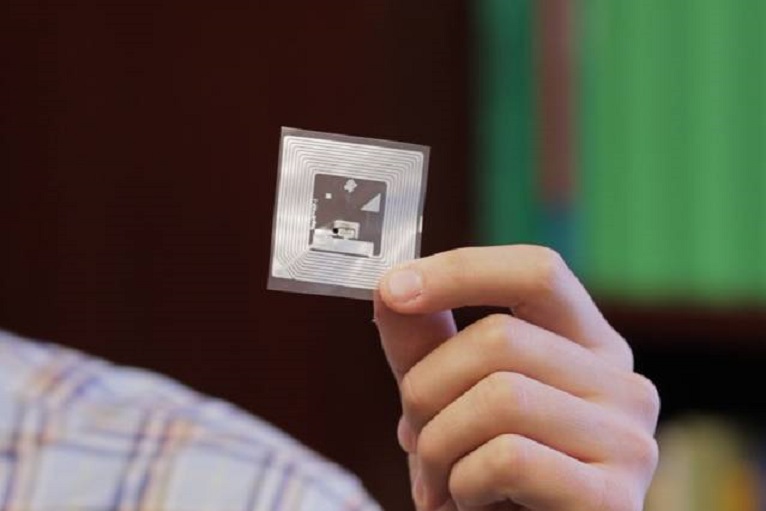
Food quality vs. quantity in the U.S.
The North American diet is something that one might refer to as a "mixed blessing". In exchange for abundance and convenience, we have essentially compromised on food quality. Whether it is processing, packaging, preservatives, or the long history of genetic modifications brought on by agriculture and monoculture, today's food does not always offer a proper nutritional balance.
The results of this are also clear on modern society, with metabolic conditions such as obesity, diabetes, cardiovascular disease, hypertention, stroke and cancer on the rise worldwide. The annual health care costs associated with treating these issues reaches into the billions, which is a burden on both tax payers and health care systems that are strapped for cash.
And while food manufacturers are required to indicate what's in their products and define their nutritional value in clear figures, studies have shown that nutritional labels can be inaccurate by up to 20%. Restaurant menus suffer from similar discrepancies, and government regulators are similarly ineffective because they simply do not have the resources to check the accuracy of all food labels either.
Food sensors to help make better choices
Luckily, there is a market-driven solution that comes in the form of personalized food sensors. Whether they are hand-held scanners, small patches or appliance-like devices, these new sensors offer the option of scanning the food we buy, learning precisely what is in them, monitoring them for spoilage, and essentially making healthier choices about what we eat.

Artist's concept of the TellSpec hand sensor, which just completed its crowdfunding campaign. Credit: indiegogo.com
Consider the TellSpec, a crowdfunded handheld sensor created by the Toronto-based startup of the same name. Developed by entrepreneur Isabel Hoffman and York University math professor Stephen Watson, the TellSpec is a raman spectrometer (the same kind of technology used to detect cancer in blood samples) that uses an algorithm to look for allergens, chemicals, nutrients, calories, and ingredients in food.
Inspired by an incident where her daughter began to experience an allergic reaction to her food, Hoffman contacted Watson and proposed a concept for a flash drive-sized device that would use a spectrometer to scan food, measure the light that's reflected back, and send that information to a smartphone app that uses TellSpec's algorithms to measure the food's qualities,
And then there's the "SCiO", another handheld molecular sensor that recently concluded a successful crowdfunding campaign. Much like the TellSpec, the SCiO uses spectrometry to measure the "molecular fingerprint" of an object, shining near Infra-Red light on it which stimulates the molecules and then records their reactions.
Developed by Israeli-based startup Consumer Physics, the device is also roughly the size of a USB stick and comes with a proprietary app that sends the nutritional information it obtains to the user's smartphone. In addition to food and groceries, the device is also capable of scanning medicines, vitamins and plants to see if they too are safe for consumption.

The edible food sensor developed by researchers at Tufts University, Credit: fastcoexist.com
At the other end of things, much progress has been made in the development of tiny, disposable sensors that can monitor food and groceries for spoilage. For example, a group of scientists at Tufts University recently created a new edible sensor made from silk and gold leaf that monitors food to see if it's fresh, bypassing the guesswork of "best before" dates.
Whereas the silk acts as a dissolvable, organic housing, the gold in the sensor is able to detect the chemical and physical changes of food as it ripens and rots, producing a unique electromagnetic signal that can then be picked up by the user's smartphone via a specialized app. In short, one need only wave their phone over their food to know if it is still safe to eat.
In late 2014, Chemists at MIT also announced that they were working on a wireless, inexpensive sensor that, among other things, could identify spoiled food early on by detecting the gases they emit as they slowly turn rotten. Using near-field communication (NFC) tags augmented with carbon nanotubes, these sensors draw power from the short magnetic pulses emmitted by a smartphone and shift them to indicate that food is beginning to go bad.

Using NFC tags and carbon nanotubes, researchers at MIT created a patch that monitors food for spoilage. Credit: MIT
And back in 2013 the Checkpack project - a Belgium-based tech company - unveiled their concept for a food sensor that uses optical technology to detect if food has turned rotten. Whereas other sensors are designed to be placed on food or in the fridge, this device is meant to be integrated into the food's packaging to see if it's still safe for consumption.
Once there, it looks for the signs of spoilage by optically measuring the volatile compounds associated with the process, and also checks food packaging integrity by measuring CO2 and O2 emissions. Having recieved the necessary €2.6 milion in funding from the IWT - the Belgian Agency for Innovation by Science and Technology - they will spend the next four years developing their prototype and bringing it to market.
And last, but not least, there are several concepts for scale-based food sensors that have emerged in recent years. Just last year, two concepts were unveiled by Situ and GE Global Research for household appliances that could measure the nutritional value of what their owner's were buying.
In the case of the Situ - a crowdfunded sensor developed by ex-Apple sfatter Michael Grothaus and friend Jose Farinha - user's are able to guage what's in their homecooked meals by placing ingredients onto the scale and then obtaining readouts about their caloric, salt, sugar, protein, and fat content. This information is then sent to a smartphone app via Bluetooth, and the information can be stored as part of a general diet and nutrition plan.
GE's concept is somewhat different, consisting of a container-like device that has a white plastic scale on the bottom and a top plate cover embedded with electronics and sensors. Once food is placed inside, the device uses microwaves to assess a food item's fat and water content - while assuming a fixed calorie value for things like protein and carbohydrates - and calculates the total calories within.
From the handheld to the household, technology is enabling an age where nutrition can be personalized. This sort of innovation is not only offering people greater opportunities for safer and healthier eating habits, it also offers potential cost-cutting benefits for our health care systems.
Crowdsourcing and food sensing technology development
If you are interested in contributing to this kind of innovation, have an idea you want to share, or would like to know more on the subject, check out HeroX's own What's In My Food!? Challenge. This competition is currently in the funding phase, and will offer cash prizes to anyone with ideas for cost-effective and accurate food sensing technology.
It is sponsored by Intake, a Toronto-based company dedicated to nutritional research and healthy living. Check out their promo video below:
Sources:
- HeroX.com/WhatsInMyFood
- intakex.com/
- situscale.com/
- www.checkpack.ugent.be/about
- www.consumerphysics.com/myscio/
- www.indiegogo.com/projects/tellspec-what-s-in-your-food
- onlinelibrary.wiley.com/doi/10.1002/adma.201103814/abstract?isLogout=true
- www.kickstarter.com/projects/903107259/scio-your-sixth-sense-a-pocket-molecular-sensor-fo
- www.fastcoexist.com/3020813/fund-this/point-this-magical-scanner-at-your-food-and-it-will-count-the-calories
- newsoffice.mit.edu/2014/wireless-chemical-sensor-for-smartphone-1208
- gizmodo.com/5888943/edible-sensors-let-you-know-if-your-food-is-spoiled
- www.cnn.com/2014/05/02/tech/innovation/molecular-sensor-fits-in-your-hand/
- www.foodqualitynews.com/R-D/Detecting-food-spoilage-with-optical-sensor
- www.fastcoexist.com/3030342/fund-this/this-tiny-device-fits-on-your-keychain-and-measures-the-calories-in-your-dinner
- www.geglobalresearch.com/blog/calorie-counting-made-easy.
- www.kickstarter.com/projects/situ/situ-smart-food-nutrition-scale








